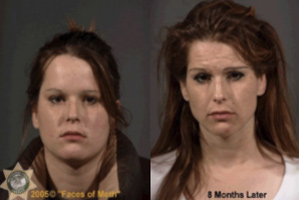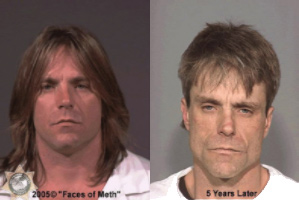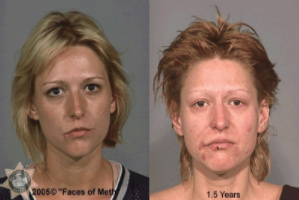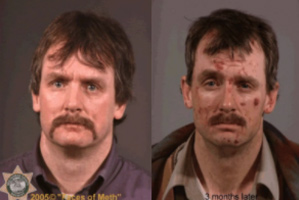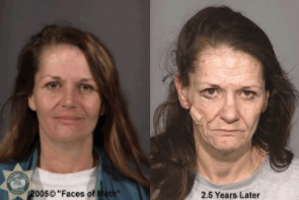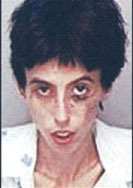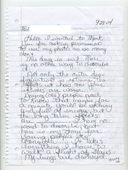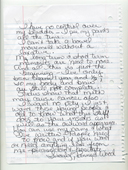Drug dealers are using children as young as 13 to sell crack cocaine and heroin on the streets of Newport.
Police in the Pill area of the city said that the problem is so bad that it is like an “open market” with teenagers openly selling drugs.
Officers have said that it is an on-going problem in the area, which is one of the most deprived in the city.
Detectives said when the teenage drug runners are arrested, they refuse to reveal the identity of the dealers.
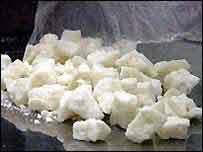
“They will never ever tell us who they are working for,” said Pc Claire Fitzpatrick, crime and disorder reduction officer for Pill.
A boy could have 20 rocks of crack cocaine which is worth £700 and all he will deal all day “Pc Claire Fitzpatrick, Gwent Police said”
Young teenagers could regularly carry hundreds of pounds in cash from deals, she said.
And that is just one boy. You have different kids running in different patches across the area.
The runners are aged from 13 to about 20 when they either start dealing themselves with their own runners or whatever.
Deprivation
The problem with Pill was that it is very deprived area with 23 languages spoken and “in a way drug running is a way of life”.
“The kids go around in gangs, they know who the dealers are. And it often progresses that they either become (drug) users themselves or they become sellers.”
Pc Fitzpatrick identified several “drug hot spots” in the Pill area including Commercial Road, Francis Drive, Williams Close and Courtybella Terrace.
Addicts travel from outside the area to buy drugs
“The runners don’t tend to use drugs themselves and they don’t target other children,” she said.
They usually sell to addicts in their 20s and 30s. A lot of people travel down from the valleys to buy from them.
They give the money they make to the dealer and are paid a wage.
“To the kids it is good money – and when they are arrested they never let on who they are running for.”
She said Gwent Police was carrying out regular operations in the area to “disrupt the trade of drugs” and had taken three teenage runners off the streets only the other day.
Trouble makers
Local councillor Ron Jones said: “People living around here just want to get them out of here as quick as possible”.
They are quite openly dealing in the streets.
The thing is, the majority of the problems in Pill are caused by just a handful of kids and every time we hear about stuff like this happening in Pill, it just puts us back.
“People living around here are really keen to get rid of the trouble makers,” he added.

